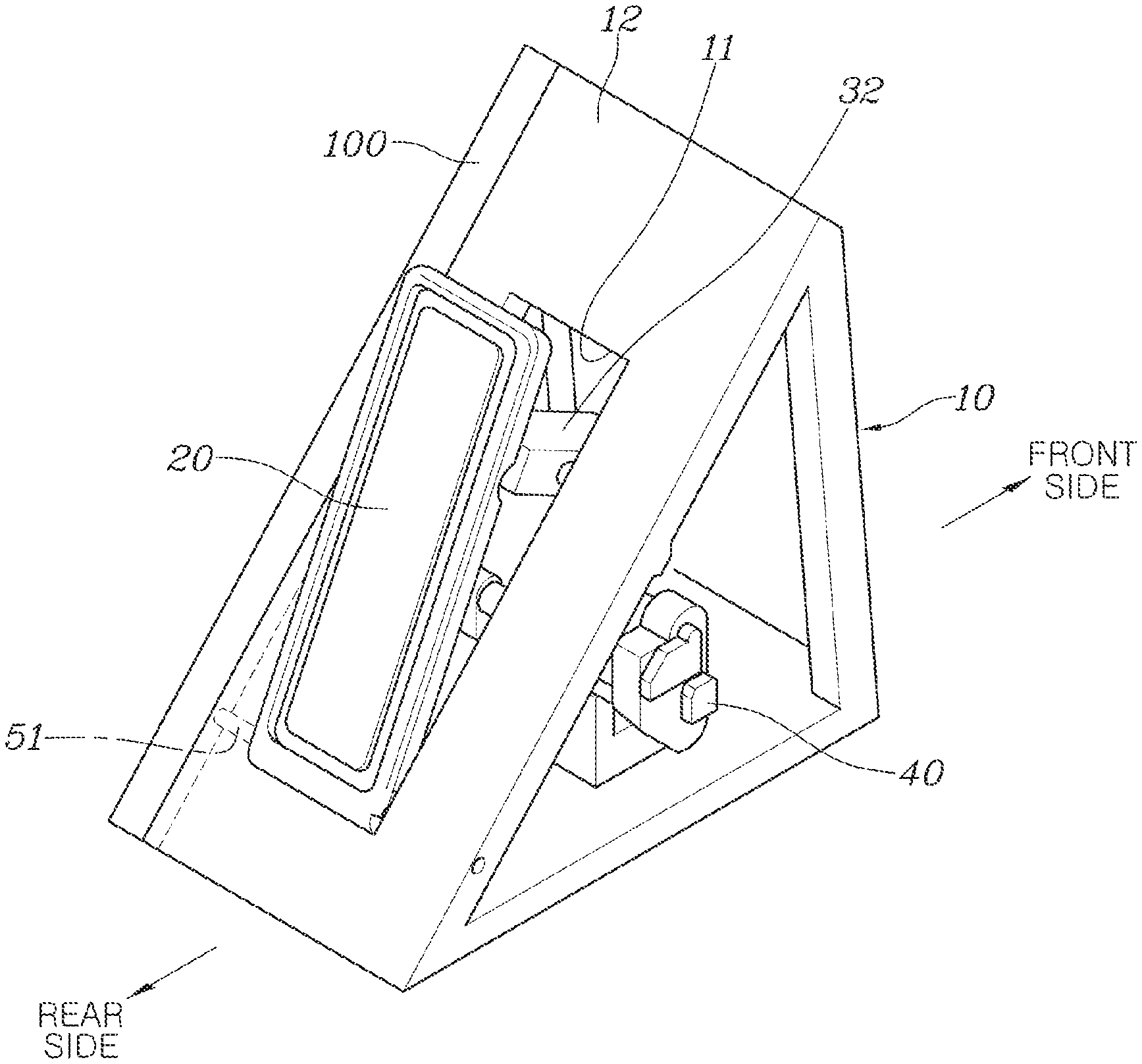Invented by Eun Sik Kim, Hyeon Uk KIM, Sung Il BYUN, Hyundai Motor Co, Kyung Chang Industrial Co Ltd, Kia Corp
The foldable accelerator and brake pedals are a perfect example of such features. They allow drivers to adjust the pedals to their preferred position, making it easier to find a comfortable driving position. This is particularly useful for drivers who may have physical limitations or disabilities that make it difficult to reach the pedals in a traditional car.
In addition to the comfort factor, foldable pedals also offer safety benefits. In the event of a collision, the pedals can fold up, reducing the risk of injury to the driver’s legs. This is especially important in autonomous vehicles, where the driver may not be paying as much attention to the road as they would in a traditional car.
The market for autonomous vehicles with foldable pedals is expected to grow significantly in the coming years. According to a report by Grand View Research, the global autonomous vehicle market is expected to reach $556.67 billion by 2026, with a compound annual growth rate of 63.1%.
This growth is being driven by a number of factors, including advancements in technology, increasing demand for safer and more efficient transportation, and government initiatives to promote the adoption of autonomous vehicles.
In addition to the foldable pedals, autonomous vehicles are also being equipped with a range of other innovative features, such as sensors, cameras, and advanced navigation systems. These features are designed to make driving safer and more efficient, while also providing a more comfortable and enjoyable experience for passengers.
Overall, the market for autonomous vehicles with foldable pedals is a promising one, with significant growth potential in the coming years. As technology continues to advance and more people become comfortable with the idea of self-driving cars, we can expect to see even more innovative features and improvements in the autonomous vehicle market.
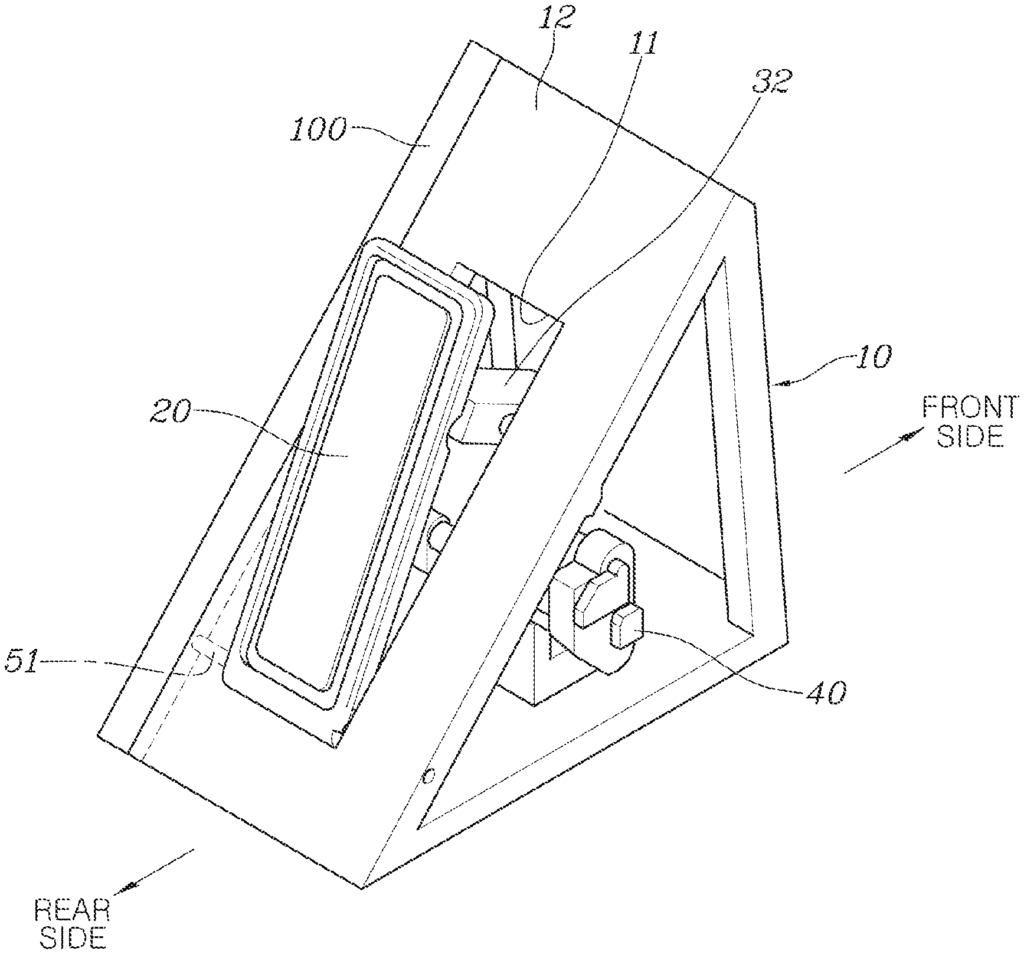
The Hyundai Motor Co, Kyung Chang Industrial Co Ltd, Kia Corp invention works as follows
An autonomous car includes a folding accelerator pedal and a folding brake pedal.” The foldable accelerator pedal device is an organ-type foldable accelerator pedal device, a pendant-type foldable accelerator pedal device, or a pressure-operation-type accelerator pedal device. The foldable brake pedal device is an organ-type foldable brake pedal device, a pendant-type foldable brake pedal device, and a pressure-operation-type brake pedal device. The foldable brake and accelerator pedal devices are mounted below the driver’s chair. The foldable pedal device and foldable pedal device are mounted in a space below the driver?s seat.
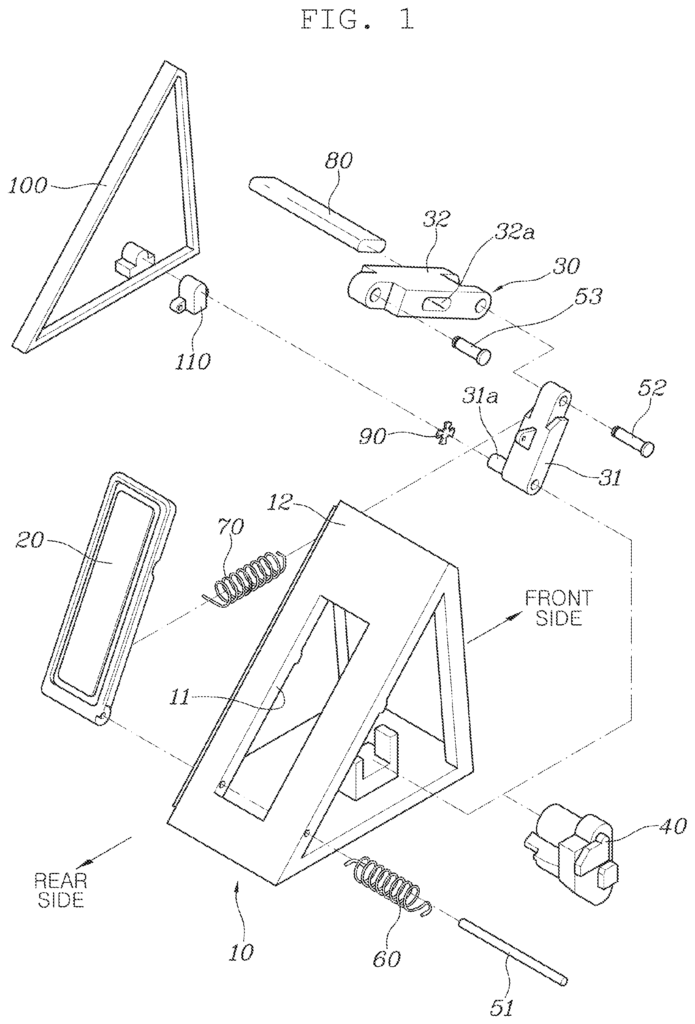
Background for Autonomous vehicle with foldable accelerator pedal and foldable brake pedal
A vehicle has an accelerator and brake pedals that are operated by a driver’s foot.
According to the structure of their installation, an accelerator pedal or brake pedal can be classified into two types: a pendant type that is suspended from a dash panel and an organ type installed on a flooring panel. There is also a type that operates by pressure, which produces an acceleration and brake signal in response the pressure generated when a driver presses a pad.
A pendant-type pedal has a pedal housing that is attached to the dash panel of a vehicle, with a suspended pedal arm. A pedal housing is attached to a floor panel that is the vehicle body. The driver then steps on a pad similar to an organ pedal.
The autonomous vehicle is an intelligent vehicle to which autonomous driving technologies are applied. This allows the vehicle to travel autonomously towards a destination, without the driver having to operate the handle, accelerator pedal, brake pedal etc. Recent years have seen the development of such an autonomous vehicle.
In general, when an autonomous situation is realized, the driver can choose between a manual mode in which he drives the car manually, and an automated mode in which he does not have to drive the vehicle manually.
In the autonomous driving mode it is important that the driver can take a comfortable break with their legs stretched. If the pedals (the brake pedal and the accelerator pedal) are left exposed in the space under the driver?s seat, this may interfere with the driver?s rest.
The controller of the car determines that a driver wants to end the autonomous mode of driving and manually drive the vehicle when they operate the accelerator and brake pedals. They then perform the control to stop the autonomous mode.
The driver could accidentally operate the pedals while autonomous driving, which can lead to accidents depending on road conditions, distances between vehicles or other factors.
The information provided in the Background of the Invention section should not be interpreted as a suggestion or an acknowledgment that the information is part of the related art known by a person of skill in the art.
The present invention is a vehicle that includes a foldable pedal accelerator and brake. Particular embodiments relate to an autonomous vehicle in which any one of an organ-type foldable accelerator pedal device, a pendant-type foldable accelerator pedal device, and a pressure-operation-type accelerator pedal device and any one of an organ-type foldable brake pedal device, a pendant-type foldable brake pedal device, and a pressure-operation-type brake pedal device are selectively combined into one group and are mounted depending on the driver’s preference.
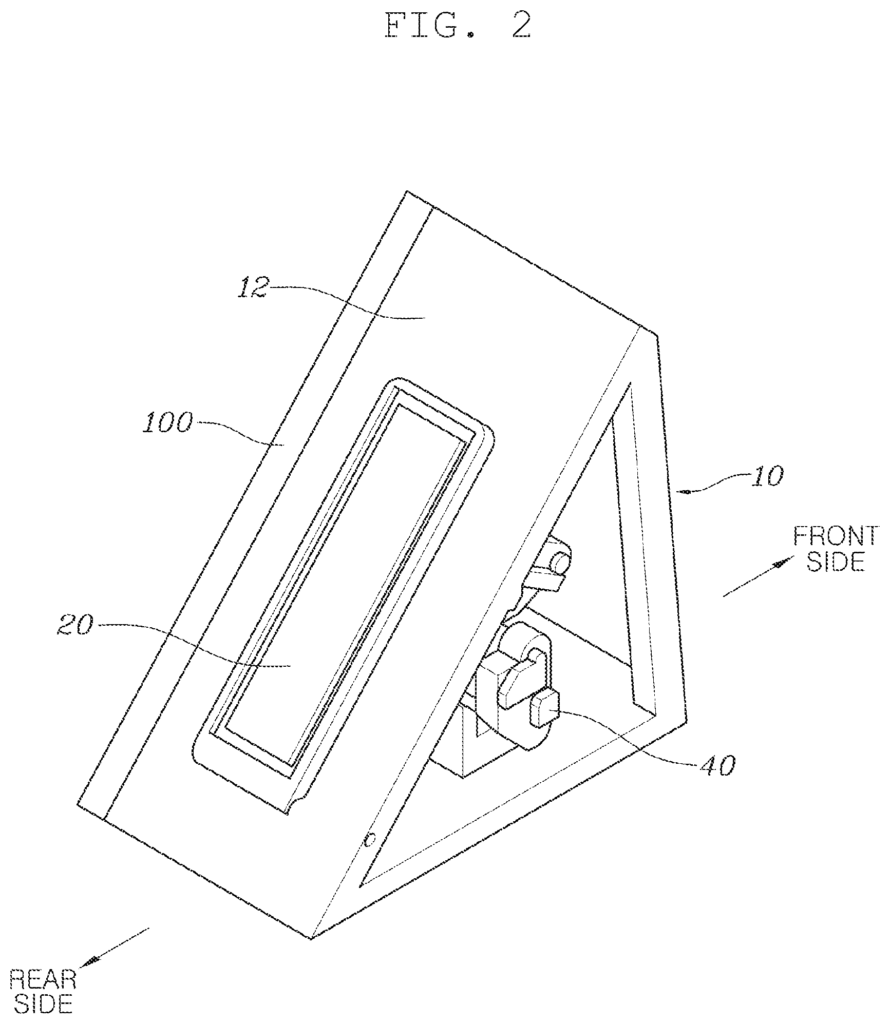
The invention addresses the need for developing a new pedal system for exposing the pedals to the interior space of the car so that the driver can operate the pedals when driving the vehicle manually, as well as preventing exposure of the foot pedals for the driver to be unable to drive the vehicle autonomously. This will provide a comfortable rest for the driver and prevent erroneous pedal operation.
Embodiments can solve the problems above.” For example, embodiments provide an autonomous vehicle in which any one of an organ-type foldable accelerator pedal device, a pendant-type foldable accelerator pedal device, and a pressure-operation-type accelerator pedal device and any one of an organ-type foldable brake pedal device, a pendant-type foldable brake pedal device, and a pressure-operation-type brake pedal device are selectively combined into one group and are mounted depending on the driver’s preference, thereby enhancing marketability of the product.
In accordance with one embodiment, an autonomous vehicle include a foldable accelerator pedal device and a foldable brake pedal device, in which the foldable accelerator pedal device includes any one of an organ-type foldable accelerator pedal device, a pendant-type foldable accelerator pedal device, or a pressure-operation-type accelerator pedal device. The foldable brake pedal device includes any one of an organ-type foldable brake pedal device, a pendant-type foldable brake pedal device, and a pressure-operation-type brake pedal device, and any one of the organ-type foldable accelerator pedal device, the pendant-type foldable accelerator pedal device, and the pressure-operation-type accelerator pedal device and any one of the organ-type foldable brake pedal device, the pendant-type foldable brake pedal device, and the pressure-operation-type brake pedal device are selectively combined, and are mounted in the space below the driver’s seat.
The pedal housings of each foldable brake and accelerator pedal devices may have a predetermined form to define their external appearance. They may also be mounted in surface contact.
The foldable brake pedal may be mounted so that its side surface is in close contact to the side surface below the driver’s chair. Similarly, the foldable acceleration pedal may be mounted in such a way that the side surface is in contact with the opposite surface of the foldable pedal accelerator.
The organ-type foldable accelerator pedal device, the pendant-type foldable accelerator pedal device, and the pressure-operation-type accelerator pedal device may be formed to have the same width in the direction parallel to a front surface of the pedal housing. The organ-type foldable brake pedal device, the pendant-type foldable brake pedal device, and the pressure-operation-type brake pedal device may be formed to have the same width in the direction parallel to the front surface of the pedal housing. Any one of the organ-type foldable accelerator pedal device, the pendant-type foldable accelerator pedal device, and the pressure-operation-type accelerator pedal device and any one of the organ-type foldable brake pedal device, the pendant-type foldable brake pedal device, and the pressure-operation-type brake pedal device may be selectively combined, and may be mounted in the space below the driver’s seat such that the top surface of the foldable accelerator pedal device and the top surface of the foldable brake pedal device match each other without a height difference therebetween in the direction vertical to the front surface of the pedal housing.
The organ-type folding brake pedal device and the foldable pedal accelerator device can be combined to form one group and mounted below the driver’s chair.
The pendant-type folding brake pedal device can be combined with the pendant-type folding accelerator pedal device, and mounted below the driver’s chair.
The pressure-operation-type accelerator pedal device and the pressure-operation-type brake pedal device may be combined into one group, and may be mounted in the space below the driver’s seat.
The organ-type folding accelerator pedal and the pendant type foldable brake pedal may be combined to form one group and mounted below the driver’s chair.
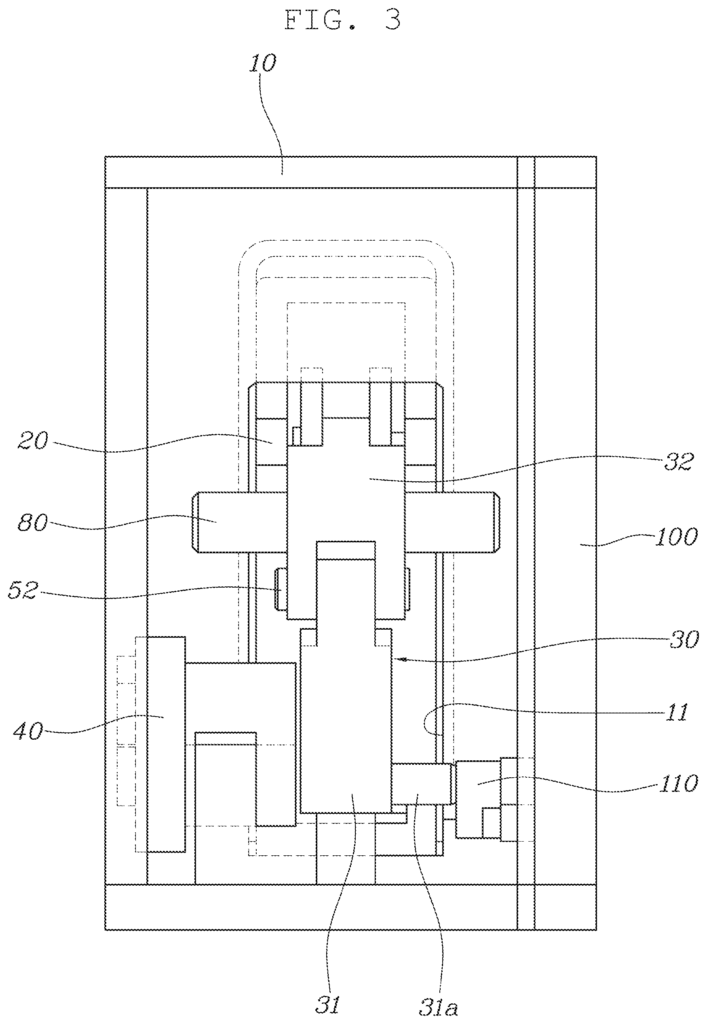
The organ-type foldable accelerator pedal device and the pressure-operation-type brake pedal device may be combined into one group, and may be mounted in the space below the driver’s seat.
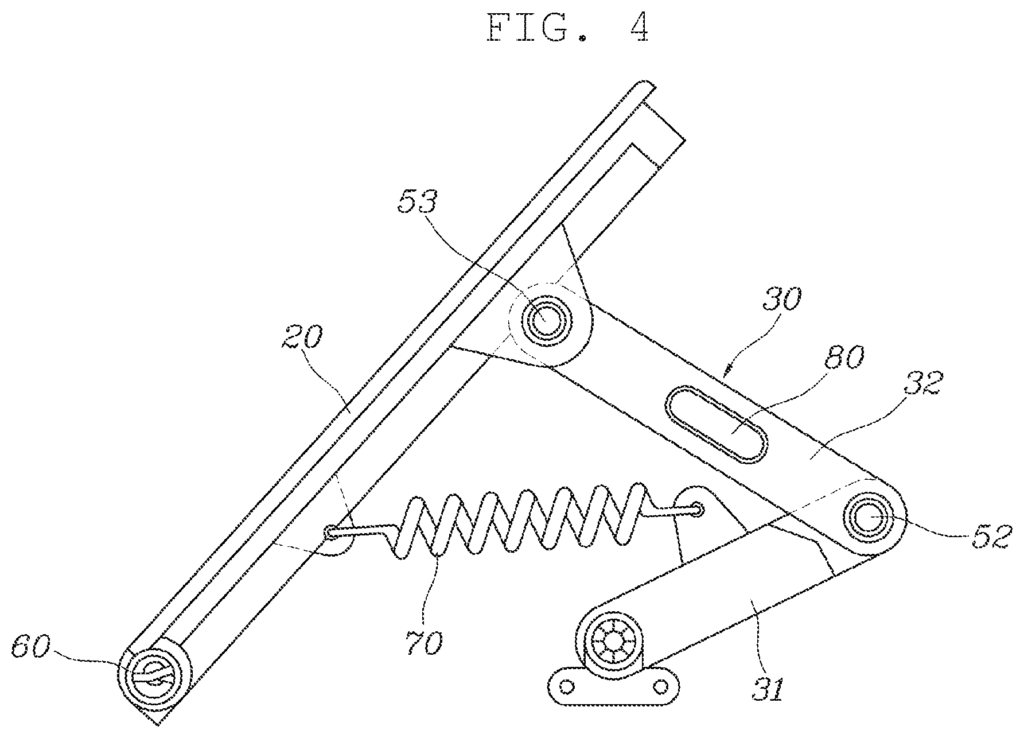
Click here to view the patent on Google Patents.
